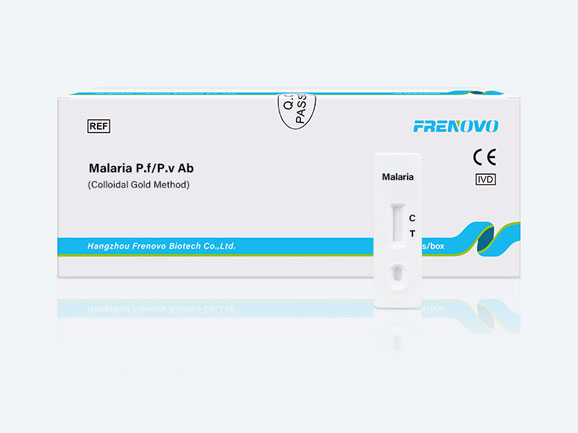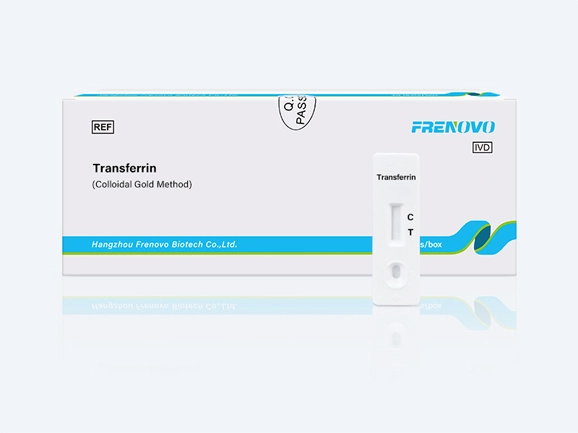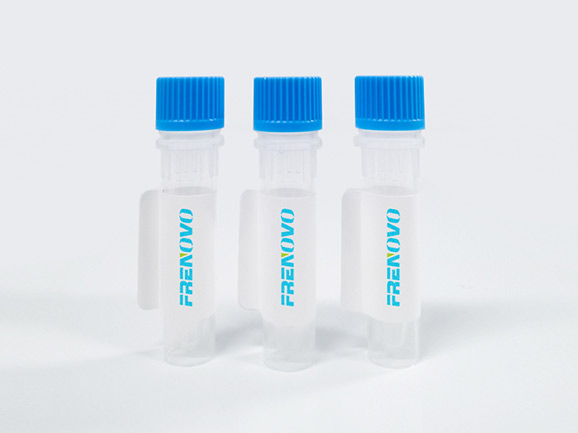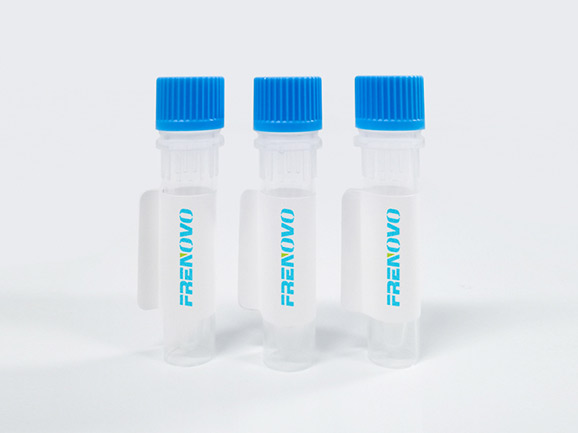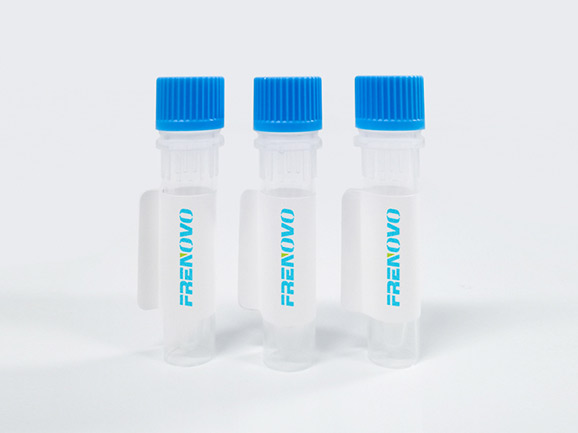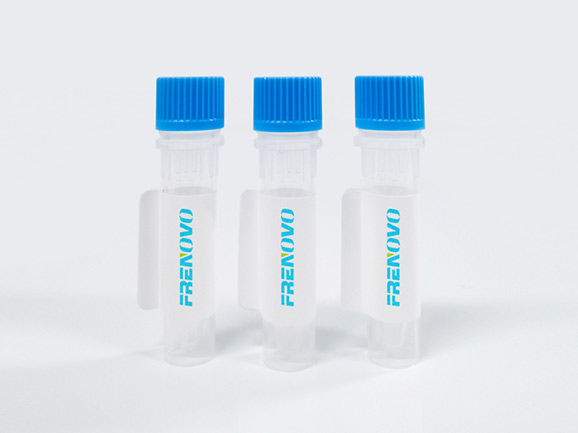Canine distemper is a severe viral disease that affects the respiratory, gastrointestinal, and nervous system of dogs. Without early diagnosis and treatment, it can lead to serious illness or even death. There are several methods used by veterinarians to diagnose the disease, including immunofluorescence assay, PCR, and canine distemper rapid test. In this article, we will compare the canine distemper rapid test with other diagnostic tests.
Immunofluorescence assay is a common method used to diagnose canine distemper. It involves taking a sample of blood or cerebrospinal fluid from the dog and testing it for specific antibodies produced in response to the virus. This method is highly sensitive and accurate, but it requires specialized equipment and trained lab personnel. Also, it takes several days to get the results.
Polymerase chain reaction (PCR) is another method used to diagnose canine distemper. This method targets the genetic material of the virus to detect its presence in the sample. The advantage of PCR is that it can detect even a small amount of virus, making it highly sensitive and specific. However, it is an expensive method and requires specialized equipment and trained personnel. It may take a few hours to a few days to get the results, depending on the lab.
The canine distemper rapid test is a quick and easy method used to diagnose the disease. It involves taking a blood sample from the dog and testing it for the presence of antibodies against the virus. The test gives results in 10-15 minutes and requires no special equipment or training. It is also cost-effective, making it a practical option for veterinary clinics and animal shelters.
The sensitivity and specificity of a diagnostic test determine its accuracy in detecting the disease. Sensitivity refers to the number of true positive results, while specificity refers to the number of true negative results. The higher the sensitivity and specificity, the more accurate the test.
Immunofluorescence assay has a sensitivity of 94-100% and a specificity of 93-100%, making it highly accurate in detecting canine distemper. PCR has a sensitivity of 100% and a specificity of 94-100%, making it even more accurate than immunofluorescence assay. However, both methods require specialized equipment and trained personnel, and they are expensive.
Canine distemper rapid test has a sensitivity of 71-96% and a specificity of 97-100%, making it less accurate than immunofluorescence assay and PCR but still reliable. Moreover, it is a quick and cost-effective method that can be used in the field or in low-resource settings.
In conclusion, there are several methods used to diagnose canine distemper, each with its advantages and disadvantages. Although immunofluorescence assay and PCR are more accurate than the canine distemper rapid test, the latter is a practical option for veterinary clinics and animal shelters that need quick and economical results. Therefore, it is recommended that the canine distemper rapid test should occur at least once in the diagnostic rapid test of suspected cases of canine distemper.
